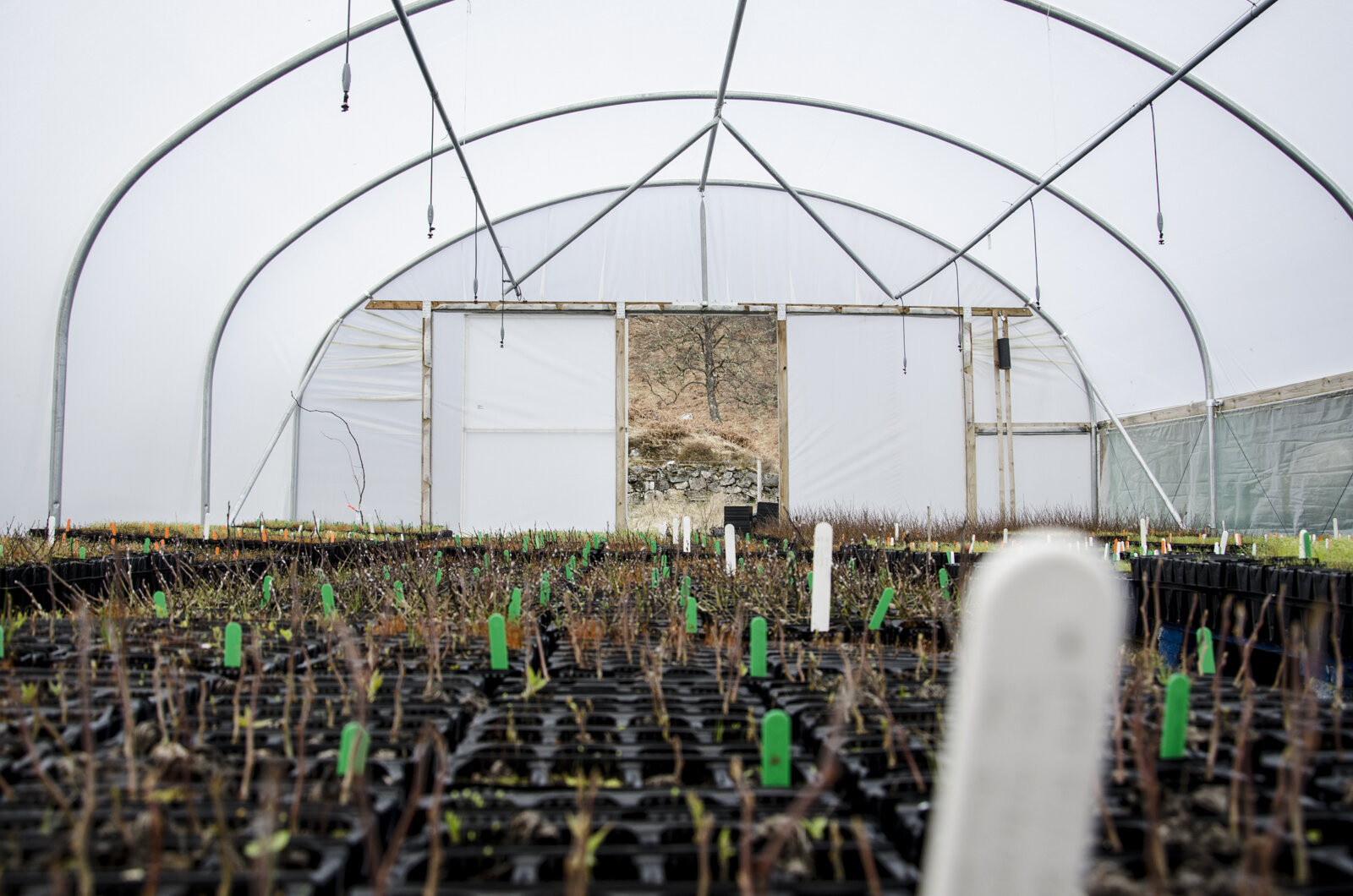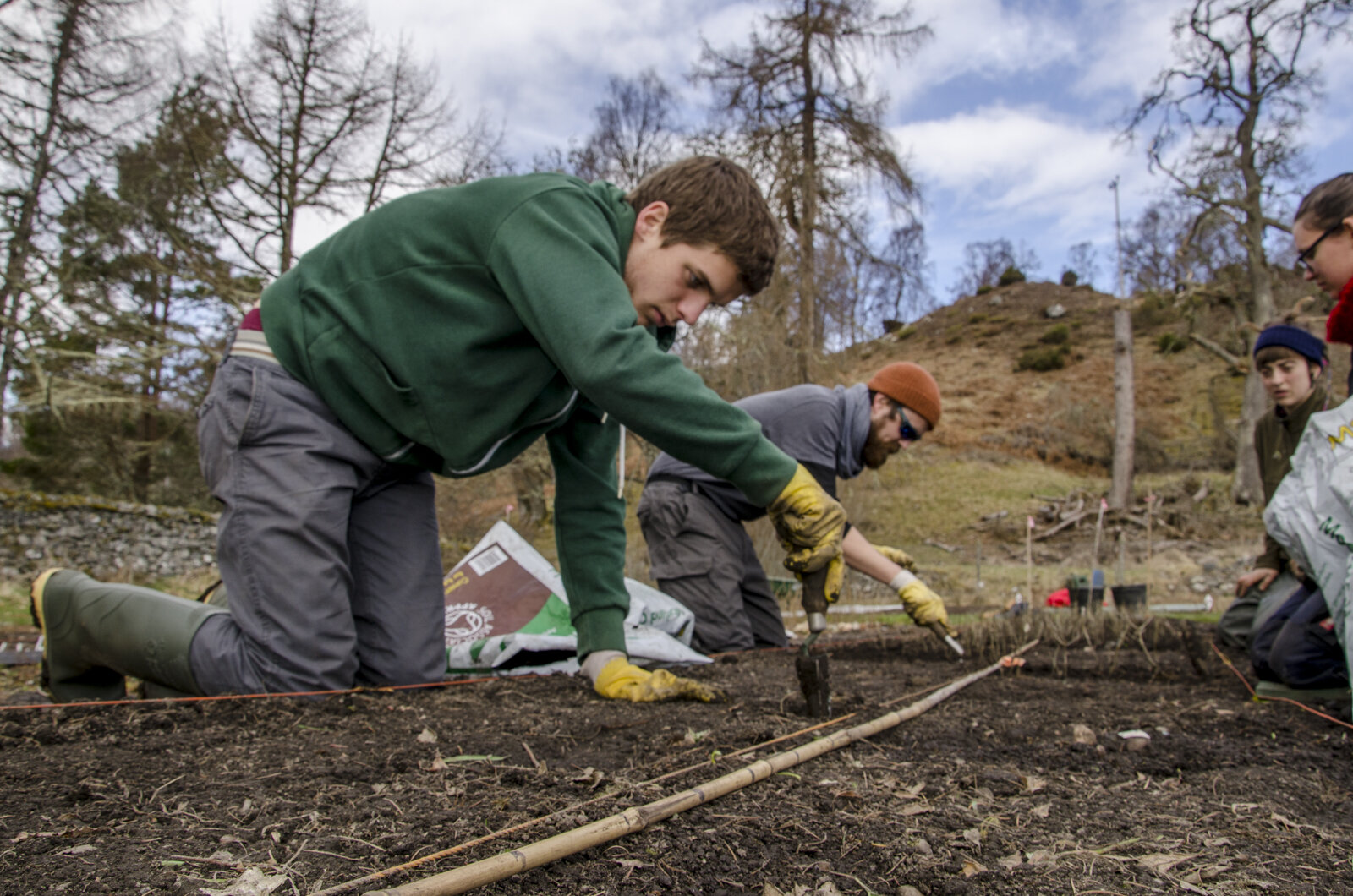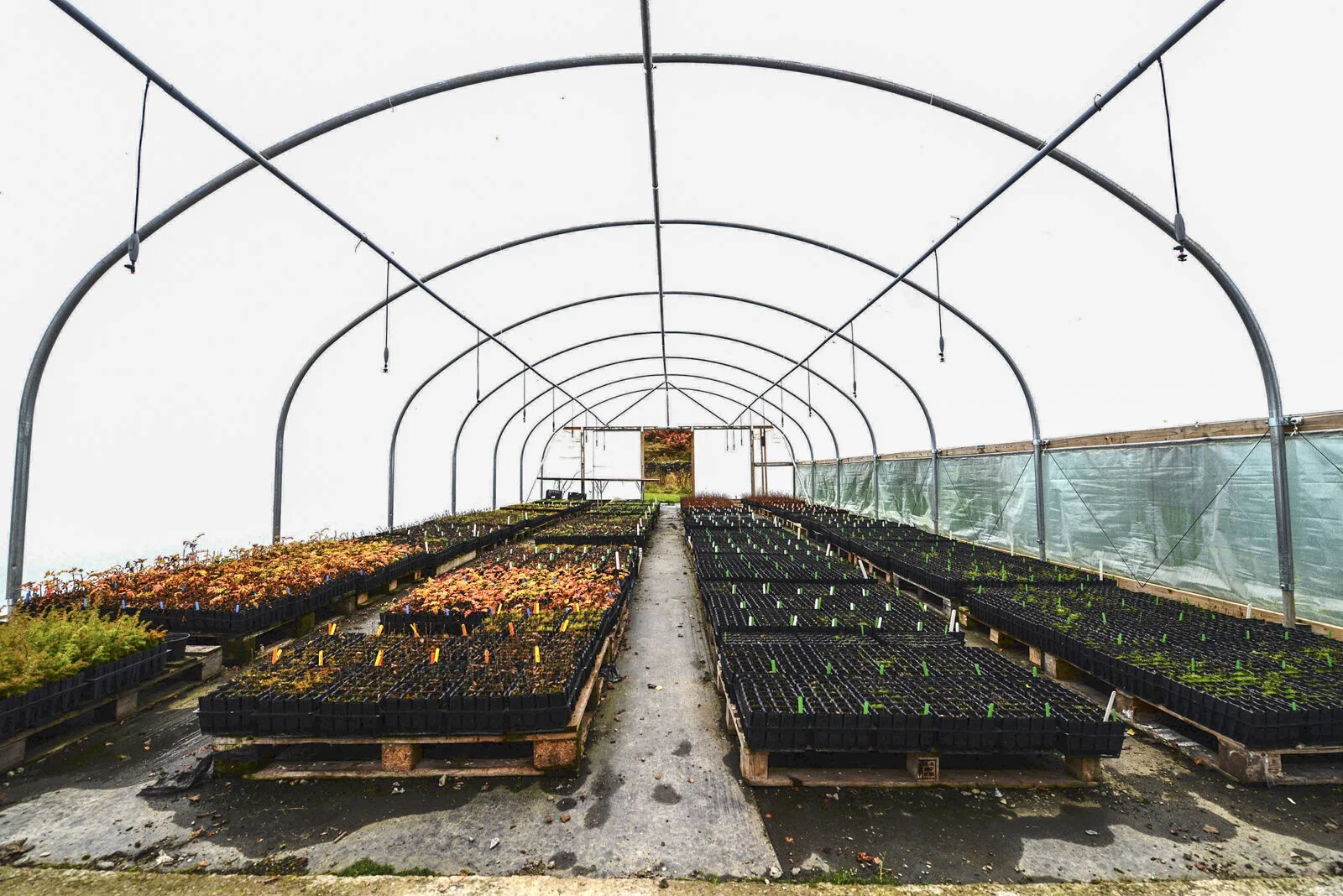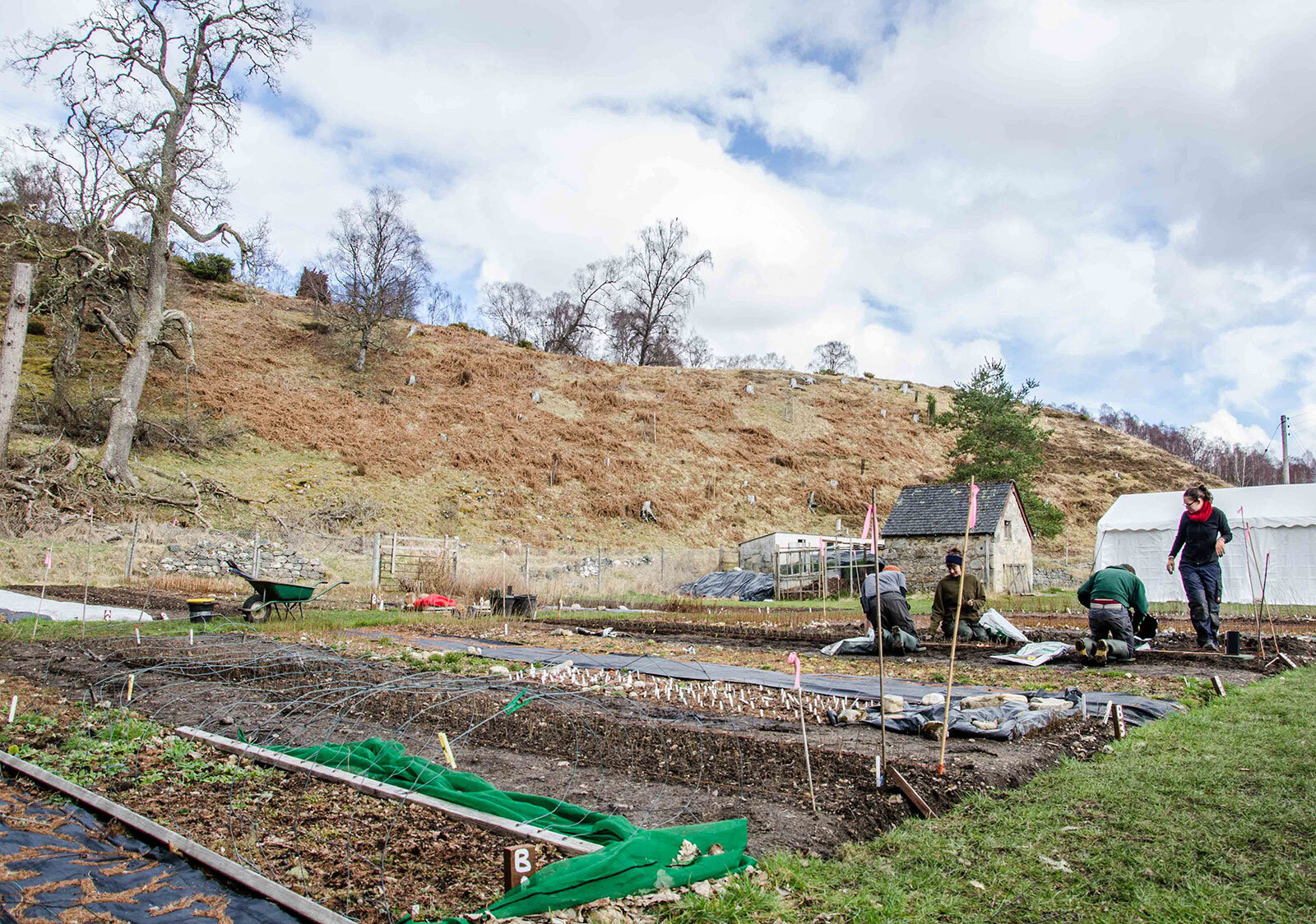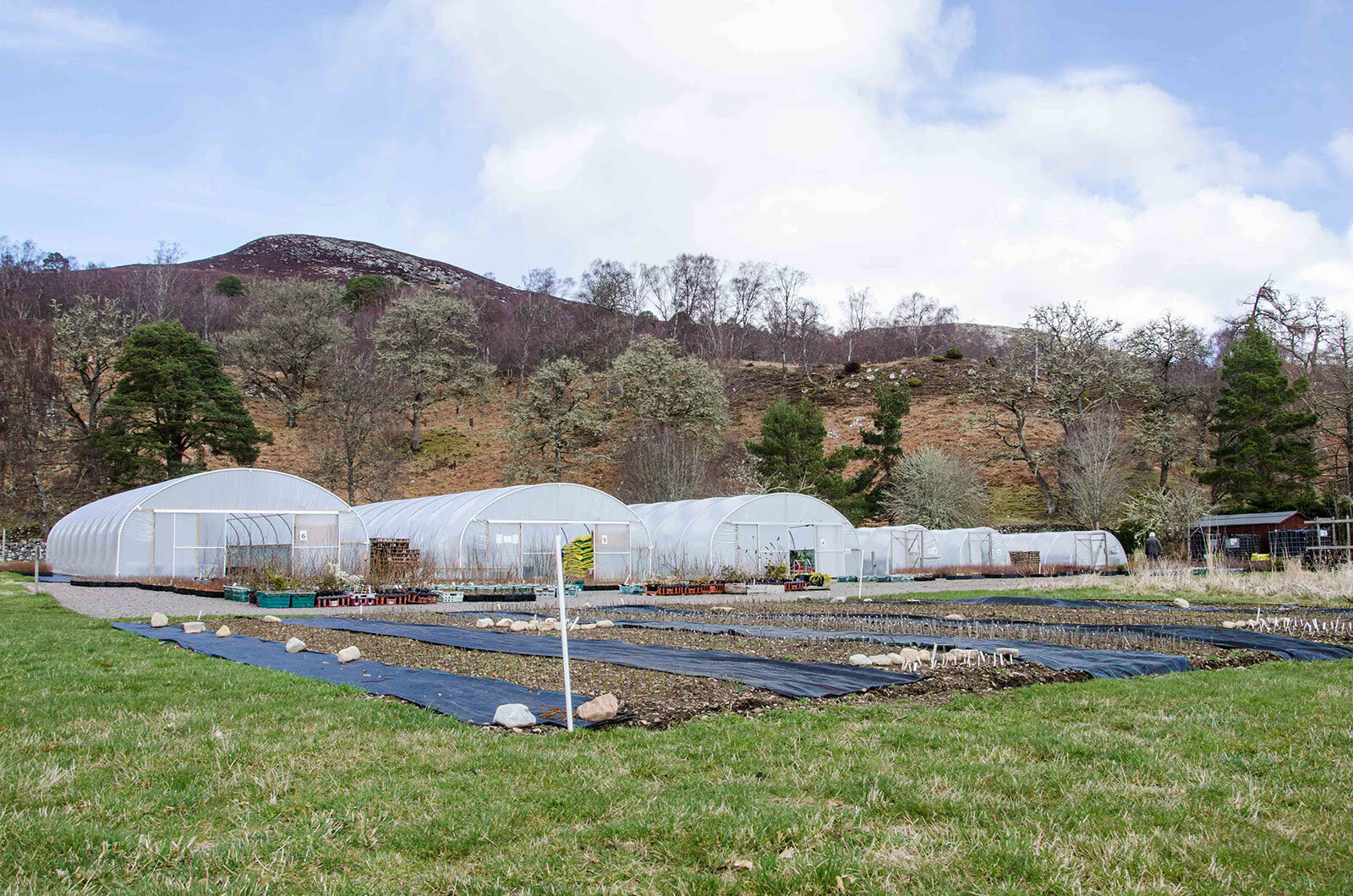
Restoring Caledonia
Restoring Caledonia is a diverse body of work looking at the complex history, conservation and issues surrounding Scotland’s native forests. This project was undertaken between March 2015 to May 2016 and involved several long term stays in the Scottish Highlands. Below you can find some extracts of text from the project book along with the project photo stories.
Are our mountains wild?
The Scottish Highlands are considered to be Britain’s last true wilderness. The term “wilderness” is defined by the Oxford dictionary as “an uncultivated, uninhabited, and inhospitable region”, and it can certainly be argued that Scotland has all of these characteristics. The region’s vast mountain ranges, barren peat bogs and rugged moorlands have captured the imaginations of generations of naturalists, adventurers and romantics.
You can’t blame people for being under the illusion that this intensely managed landscape is in fact perceived to be a true wilderness, abundant in wildlife. Highly successful films such as “Braveheart”, “Macbeth” and James Bond film “Skyfall”, very much promote Scotland in this light. Rarely do you see a scene based in Scotland shot within an ancient pine forest; instead it is shot on a moorland or mountaintop, normally on a grey drizzly day to add to the stereotype.
However, it is not often realised that these bare mountain ranges are areas that have been visibly changed by man, and now look the way they do both due to economic and social demands. Centuries of deforestation, war and exploitation have led to Scotland possessing only 1% of its original native woodland, including the Caledonian Forest. This has in turn resulted in a catastrophic collapse of Scotland’s ecosystem.
It is only in the last 30-40 years that conservation groups have formed to tackle the problems faced by the lack of forests and the ecosystem surrounding them. One of the most pioneering conservation groups of the 20th and 21st centuries tacking the restoration of the Caledonian Forest is Trees For Life. Formed in 1987 by Alan Watson Featherstone, it has since been responsible for the planting of over 1 million native trees, as well as invasive species removal, tree nursery work and investigating into the reintroduction of missing key species.






The ecology of Caledonian forests
Caledonian Forests are the only indigenous pine forest in Britain and Ireland, and are now restricted to Scotland. They flourish on infertile, acidic soils and can spread from valley bottoms up to approximately 650m above sea level. There are 14 different native tree species that make up a Caledonian Forest, with the most iconic being the Scots Pine.
The distribution of native tree species can vary throughout different parts of the Caledonian Forest. Scots Pine generally dominates in the colder, drier climate of the east coverage. This contrasts with the more humid, warmer climate of the west coverage where Birches, Rowan, Holly and Hazel grow. The northeast coverage is also home to Sessile Oak, which occurs in upland areas over 300 with higher rainfall and shallow, acidic, sandy soils, and its botanical name means “of rocky places”.
The original coverage of Caledonian Forest has been greatly reduced since its origins following the last ice age approximately 4,000 years ago and is now a mere 1% of its original coverage. When it formed part of the Boreal forest, it would of covered roughly 15,000 km2 of Europe, so how did the Caledonian Forest that we know today reduce to only 180km2, a drastic 1% of its original coverage?


















Decline of a haven
The decline started approximately 4000 years ago, when Scotland’s climate became very cold and wet, which in turn encouraged the spread of peat bogs. A peat bog is a habitat that accumulates a deposit of dead plants, with moss being the most accumulated. Past pollen studies suggest that in areas such as the north, peat bogs were more likely to badly affect the growth and regeneration of pinewoods. These peat bogs would have been very poor in nutrients, which killed off many native species in those areas, particularly scots pine. These remnants of dead pines can be found within areas that are known as bog wood, preserved tree stumps with roots that protrude from the peat in what appear nowadays to be the most unlikely of places to find a tree. They can most often be observed where flowing water has eroded banks of peat, revealing these preserved stumps, some of which will be thousands of years old.
By the mid 20th century, both World Wars took a heavy toll on the remains of our native forests. Following the First World War it was established that Britain had almost run out of timber, leaving Britain at a tipping point in terms of its economy fed by this industry, The Forestry Commission was established in 1919 to prevent the same situation happening again, and its key purpose was to help Britain become self reliant in timber.
Fast-growing introduced species such as Sitka spruce and Norwegian pine were used to create dense plantations, which tend to support a very limited range of wildlife compared to ancient, native forests. Areas of native woodland were both felled and under planted, and so shaded out by the introduced trees. Ecological conservation had not really been recongnised, as an importance at this time so there were little interest in the lasting effects these plantations would have.
It wasn’t until 1980 that the Forestry Commission was heavily criticised for its lack of interest in conservation and a review of its principles took place. By 1990, the commission was committed to multi-purpose forestry. The demands of commercial production, recreation and conservation were carefully balanced.











The deer problem
Historically Deer species, such as the Red, are an integral part of the Caledonian Forest and hundreds of years ago were prey to larger predators such as the Wolf and Lynx, both now extinct due to loss of habitat through deforestation for agricultural and industrial land, and hunting.
However, it was not just these keystone species that were affected by the loss of habitat. Prehistorically the Red Deer is closely related to the now extinct Irish elk. According to the study of their fossils, Irish Elk would have stood over 2 metres tall, and their antlers would have spanned 3 metres wide, browsing the lower branches of trees and tops of ground vegetation. However due to the mass deforestation that has taken place in Scotland during the last 3 or 4 centuries, Deer have had to evolve to survive. For example, Red Deer species have shrunk now to a height of 120cm at the shoulder, and an antler span of around 150 cm.
Due to this loss of habitat and reduced body size, Deer have adapted to be ground grazers, reducing the amount of new native woodland habitat to develop. It doesn’t help that in the last 150 years 1.5 million hectare acres of ‘deer forests’ (i.e. private hunting estates) have been developed. A study was carried out after World War 2 to determine the number of deer in Scotland after there was excessive damage to agricultural land. The study found at that time there were over 100,000 Red Deer alone roaming the landscape of Scotland, when it was determined that the optimum deer population was 60,000. Since that study took place Red deer numbers, along with increasing Roe, Sika and Fallow deer numbers, the total Scottish deer population is now well over half a million.







The creation of hunting lodges has led to the domestication of once wild deer into ground grazers, which is completely the opposite of what the ecology of this species should be. Deer should feed on the mineral rich leaves of trees, but have instead involved preferring ground shrubs or newly sprouting tree saplings. This raised a very controversial topic of how to control this problem as this habit of the Deer obviously affects forest and other habitat restoration across the country.
The idea is not necessarily to cull every single deer in a particular area, but to bring the population down to a lower, more sustainable number and actually rewild the species. The theory behind rewilding has been a controversial topic within the world of conservation since 1987 when conservationist and activist Dave Foreman first came up with the term. He was also one of the founding members of the Rewilding Institute. Conservation biologist Michael Soulè later redefined the term as “the scientific argument for restoring big wilderness based on the regulatory roles of large predators.”
Deer stalking is an incredibly complex topic to tackle and carry out. It is believed that there are two types of deerstalkers – Those that pay, and those that get paid. This can be broken down to mean that there are those such as trophy hunters who will pay up to several thousand pounds to effectively stalk and kill an animal for pleasure. It is often reported that these so called stalkers only have experience with stalking and general firearm handling a few times a year, mainly when hunting. This results in excessive stress put on the animal and a greater risk of injuring the Deer or causing a longer death than is humane.
While this is a very sensitive issue, it can be argued that this style of deer stalking is still assisting lowering the number of Deer and assisting in the regeneration of native forests. Deer stalking in Scotland is also beneficial to the rest of the UK. The activity is thought to generate £105m per year for the UK economy with £70.4m of that money remaining in Scotland. It has also been estimated that a total of 2,520 jobs were associated with deer management.
The difference with conservation groups such as Trees For Life is that they employ their own deerstalkers, which have experience stalking both on sports estates and now are stalking for the benefit of the regeneration of native woodlands. The stalkers have a great knowledge in the Deer behavior, such as how they react to different weather systems as well as their relationship with their environment. This means every Deer that the Trees For Life culls will have had a very quick and painless death.
Once the Deer have been culled they are brought back to a larder for butchering and prepared, ready to be sent off to Highland Game, which is a fine food supplier such as Venison Meat. Highland Game is one of the few food companies that will only buy meat from Deer that have been humanely killed. However, a kilogram of venison meat is only worth approximately £2.50, which does make you wonder if that whole process could be avoided.











Trees For Life
Trees For Life is considered to be one of one of the most advanced forest restoration and rewilding initiatives of modern conservation. Alan Watson Featherstone, who is one of the U.K’s most influential conservationists, founded the project in 1987, and has since been awarded prestigious conservation awards such as the RSPB’s outstanding contribution award in 2013.
Trees For Life’s vision isn’t exactly a short one – in fact, it spans over the course of 250 years. This is also the time roughly that a Scots Pine, arguably the most iconic tree species of the Caledonian Forest takes to mature. Their exact vision, told by Featherstone himself, is “to return a large area of in the central highlands west of Inverness to a more wild and self willed condition, complete with natural forests, large mammals and their predators”
The Trees For Life project began their work in 1989 in the Glen Affric area, which is viewed as one of the most naturally stunning glens in the whole of Scotland. The glen is situated 15 miles west of Loch Ness, where the river Affric runs along its length passing through Loch Affric and Loch Beinn a’ Mheadhoin. This glen was the best location for the T.F.L’s vision to begin as it contains the largest remnant of native pinewoods in that region, and also the largest extend of lest disturbed forest in the whole of Scotland.
Since the planting of a number of native trees within Glen Affric 15 years ago, including Scots Pine, Birch, Rowan and Willow, these planting sites are now flourishing. As Alan Watson Featherstone said himself; “Some of the trees we have protected or planted are now over 4 meters tall, and are producing seeds each year, thereby adding to the process of forest regeneration.”
Trees For Life today has expanded so much since its humble beginnings in the 1980s. In 2012 they reached a massive milestone by planting their millionth tree. This means that on average 30,000 various trees have were planted per year between 1989 and 2012, with this average increasing each year due to a higher number of paid staff, long term volunteers and volunteer working weeks.
Dundreggan is the only conservation estate to be owned by Trees For Life, and it is where the restoration work begins in their main tree nursery. The nursery contains 6 poly tunnels, where trialling takes place to find innovative ways to propagate rare and hard-to-grow species such as aspen and dwarf willows, as well as protecting saplings during the winter.
Dundreggan is located in Glen Moriston, and is 10,000 acres in size containing areas of plantation, bog, moorland and native Caledonian forest. As well as the poly tunnels, they also have planting fields where the saplings are trans-planted from the poly tunnels before being packed ready to be planted at the various planting sites around the estate.









